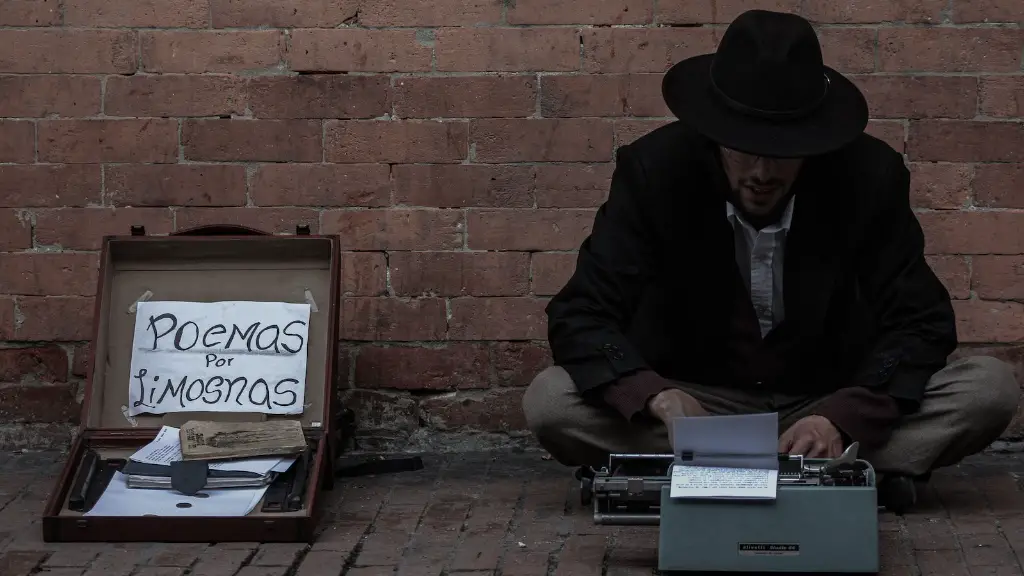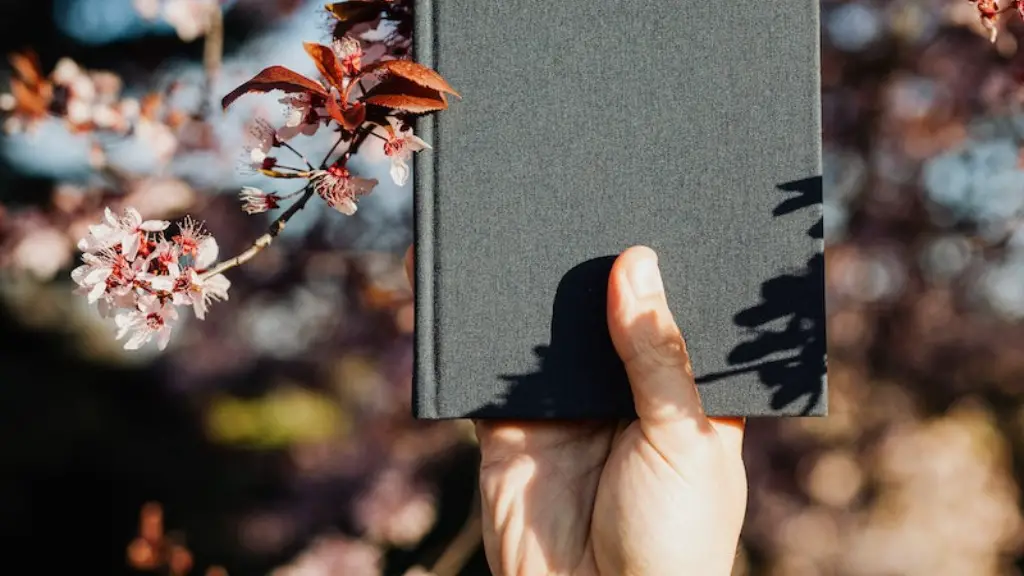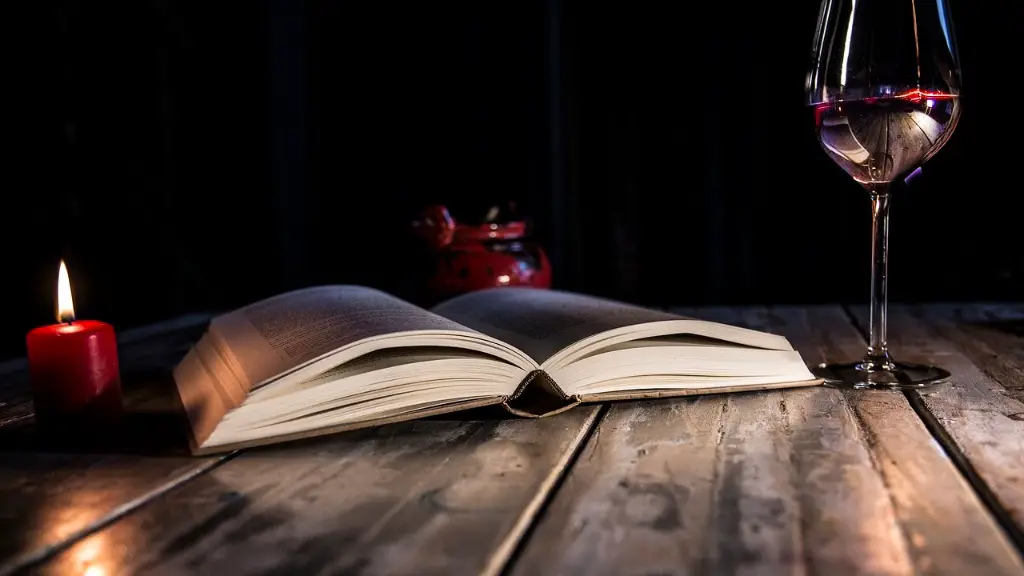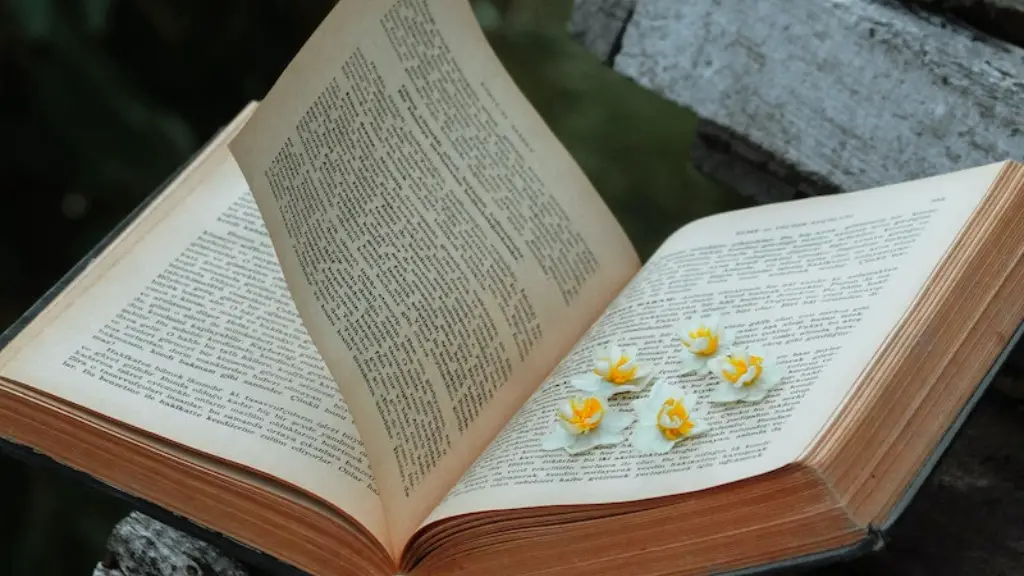1. Introduction to Writing a Poem
Poetry has been used to express human emotions and feelings in all eras of life from ancient times to the present. It allows writers to capture experiences, moments, and ideas in a unique, vivid way other genres of writing cannot. Creative writing, in general, is a powerful tool for people to express themselves and some find it easier or more natural to do so in verse or rhyme. While it may be intimidating at first to write one’s own poem, it can be a rewarding and meaningful experience if one puts in the time and effort. Writing a poem requires some basic knowledge of how poetic structures work, how to choose words, and how to create a flow and rhyme that conveys meaning itself.
2. What Is a Poetry Introduction?
A poem introduction is a glimpse into what a poem is about. It serves to introduce the reader to the poem’s topic, ideas, and overall feel. How one does this largely depends on the kind of poem being written, its style, and genre. Poetry introductions are an important part of a poem, as it’s the reader’s first experience of the poem. It can be the determining factor of whether the reader continues to read the poem or not.
3. Crafting the Poem Introduction
Writing an effective poem introduction involves exploring the poem’s themes, establishing a setup, and suggesting the poem’s progression. To start off, it is important to think about the topic of the poem and the themes of the poem that the writer wants to promote. A great way to begin is to decide the focus of the poem and consider how the tone and emotions of the poem can be best expressed in the introduction. One should also consider what the reader needs to know in order to understand the poem.
Necessary background information and relevant data can be introduced as part of the introduction to let the reader know what they’re in for. Aside from that, the poet can use a few words or phrases to set the tone. Word choice is an important factor as it can make all the difference in conveying the emotions and overall mood of the poem. In the introduction, it’s also important to consider the style, genre and format of the poem, as one must adhere to those rules in writing the poem.
4. Tips for Writing a Poem Introduction
Writing a poem introduction is a creative process that requires some skill and creativity. To assist those who may be struggling to craft an effective introduction, here are some tips that one can keep in mind while writing a poem introduction:
• Be brief. An introduction should be concise and not too long. It should also be written in concise and precise language.
• Express the poem’s topic. Use both concrete and abstract language to hint towards the poem’s topic, but avoid mentioning it explicitly.
• Include clues for the poem’s journey. The introduction should include clues about the poem’s progression, such as a hint about the poet’s journey.
• Create a unique experience. Poetry introductions should be unique and tailor-made for the content and experience that the writer wishes to provide to their readers.
• Make an impression. The most important thing is to make sure that the introduction captivates the reader and makes them want to read the rest of the poem.
5. Themes in Poetry
Themes in poetry can be quite varied and often offer a unique insight into the poet’s personal experiences or viewpoints. A theme can activate underlying ideas, emotions, or messages within readers and can be used to express complex ideas or feelings in a succinct way. Themes can be used to focus a poem to help the writer stay on track and make the poem feel cohesive and complete. When writing a poem, it’s important to consider not just the words used but also the underlying theme of the poem to ensure that it expresses the poet’s genuine feelings and message.
6. Tips for Choosing Themes in Poetry
When choosing themes for a poem, there are a few things to consider.
• Be authentic. Stick to what is honest and resonates with the writer.
• Be mindful of the audience. It’s important to think about who the poem is for and to adjust its theme accordingly.
• Choose something that can be explored. A poem should contain enough complexity to allow the reader to consider it beyond just the surface level.
• Find inspiration. Find something that triggers the poet’s emotions or speaks to their experiences.
• Write from the heart. Ultimately, the poem must have an emotional spine that ties the poem together.
7. Rhyming in Poetry
Rhyme is defined as a repetition of sounds at the end of words such as “cat” and “hat.” Not all poetry requires rhyme, but it can add a sense of satisfaction and pleasure to a poem if used correctly. A rhyme scheme follows a particular pattern, with each set of words following the same pattern. Rhyme can be used to emphasize the central focus of a poem, unify poetic ideas, or add a playful or lyrical tone to the poem.
8. Tips For Crafting Rhyme in Poetry
When it comes to rhyming in poetry, there are a few things to keep in mind:
• Choose a rhyme scheme. It can be helpful to decide on a rhyme scheme and specific rhyme words beforehand so one can be consistent throughout the poem.
• Be creative. Rhyme can add a fun element to a poem, so be creative and unique when crafting the rhymes.
• Be natural. Don’t force the rhyme or be too mechanical with it. Let the rhyme flow in a natural and organic way.
• Ensure quality. Check the quality of the rhymes to make sure that they are accurate and the words are placed in a meaningful way.
• Be subtle. Rhyme should be used as a tool, not as a crutch. Don’t rely too heavily on it as it can take away from the poem if overt and overdone.
9. Poetry Structure
Understanding the basics of poetry structure can be incredibly beneficial when writing poetry. Generally speaking, there are a few elements that comprise a poem’s structure: the stanza, the line, the rhythm, and the rhyme. The stanza is a group of poem lines that fit together, often connected by a rhyme or similar meter and form. The line is the fundamental unit of the poem and can be short or long. The rhythm is the pattern of sound and timing in a poem, which can be regular or irregular, and the rhyme is the repetition of certain sounds at the end of words.
10. Tips for Crafting Poetry Structure
To craft an effective poem structure, here are some tips that one should keep in mind:
• Choose a form. Every poem should have a form and sticking to it will help shape the poem and add to its structure.
• Consider line length. Varying the line length of a poem can add to its meter and flow, making it more interesting.
• Craft the rhythm. Pay close attention to the rhythm of the poem, as this is what gives a poem its pulse.
• Experiment with rhyme. With rhyme, less is often more. Don’t rely too heavily on it, but instead, use it sparingly and as a tool to enhance the poem.
• Use punctuation. Punctuation can also be used to create pauses, enforce breaks, and reinforce the poem’s ideas.
11. Connecting to the Reader
It is important to craft a poem that speaks to its readers and allows them to emotionally connect to the poem. To do this, the writer should understand their audience and the purpose of the poem. By using honest, vivid, and meaningful language, poets can create an impactful experience for their readers. It’s also important to expose the reader to something new, as fresh perspectives and stories can evoke real emotion and deeply move the reader.
12. Tips for Connecting to the Reader
In order to create a powerful connection with a reader, here are some tips to keep in mind:
• Be direct. It’s important to be direct and unambiguous when speaking to the reader so that their needs and feelings are considered.
• Be clear. A poem should be clear and concise in order to make a lasting impression.
• Use active voice. It’s important to use active voice instead of the passive voice for more powerful language.
• Be genuine. Use language that is genuine and truly reflects the emotions and ideas of the poem.
• Invoke emotion. The best way to connect to the reader is to evoke strong emotion through the poem.
13. Conclusion
Writing a poem introduction can seem daunting, but it’s an important part of the overall poem’s success. With careful thought, planning, and creativity, writers can craft an introduction that will captivate readers, activate underlying ideas, and convey the poet’s genuine message. By keeping these tips in mind, one should be able to craft an effective poem introduction that speaks to the audience and pushes them to explore the poem’s further depths.



